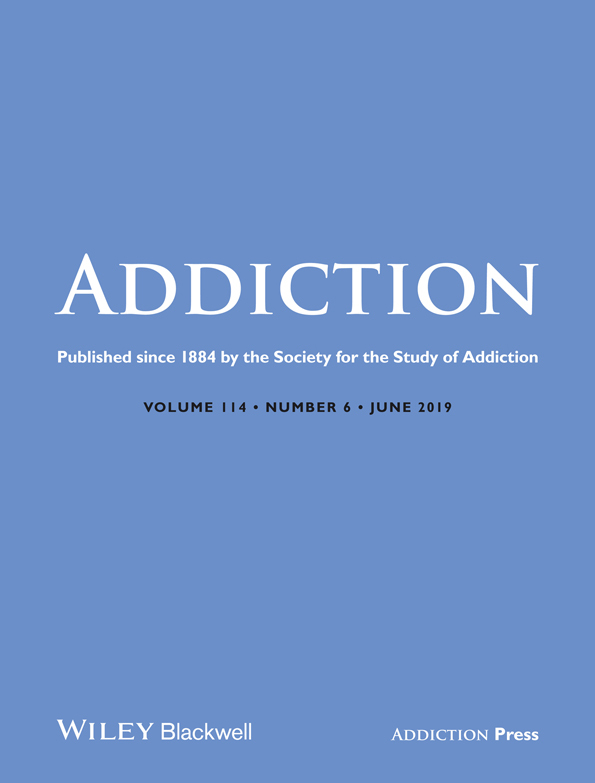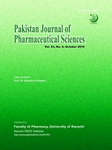 “Cannabidiol (CBD) is a natural compound of cannabis, which exerts complex and widespread immunomodulatory, antioxidant, anxiolytic, and antiepileptic properties. Many experimental data suggest that CBD could have several types of application in alcohol use disorder (AUD) and alcohol-related damage on the brain and the liver.
“Cannabidiol (CBD) is a natural compound of cannabis, which exerts complex and widespread immunomodulatory, antioxidant, anxiolytic, and antiepileptic properties. Many experimental data suggest that CBD could have several types of application in alcohol use disorder (AUD) and alcohol-related damage on the brain and the liver.
Experimental studies converge to find that CBD reduces the overall level of alcohol drinking in animal models of AUD by reducing ethanol intake, motivation for ethanol, relapse, and by decreasing anxiety and impulsivity. Moreover, CBD has been shown to reduce alcohol-related steatosis and fibrosis in the liver by reducing lipid accumulation, stimulating autophagy, modulating inflammation, reducing oxidative stress, and inducing death of activated hepatic stellate cells. Last, CBD has been found to reduce alcohol-related brain damage, preventing neuronal loss by its antioxidant and immunomodulatory properties.
CBD could directly reduce alcohol drinking in subjects with AUD. But other original applications warrant human trials in this population. By reducing alcohol-related processes of steatosis in the liver, and brain alcohol-related damage, CBD could improve both the hepatic and neurocognitive outcomes of subjects with AUD, regardless of the individual drinking trajectories. This might pave the way for testing new harm reduction approaches in AUD, i.e., for protecting the organs of subjects with an ongoing AUD.”
https://www.frontiersin.org/articles/10.3389/fphar.2019.00627/abstract


 “Despite the staggering consequences of the opioid epidemic, limited nonopioid medication options have been developed to treat this medical and public health crisis.
“Despite the staggering consequences of the opioid epidemic, limited nonopioid medication options have been developed to treat this medical and public health crisis.




 “In this review, we discuss the role of the endocannabinoid (eCB) system in regulating energy and metabolic homeostasis. Endocannabinoids, via activating the cannabinoid type-1 receptor (CB1R), are commonly known as mediators of the thrifty phenotype hypothesis due to their activity in the central nervous system, which in turn regulates food intake and underlies the development of metabolic syndrome. Indeed, these findings led to the clinical testing of globally acting CB1R blockers for obesity and various metabolic complications. However, their therapeutic potential was halted due to centrally mediated adverse effects. Recent observations that highlighted the key role of the peripheral eCB system in metabolic regulation led to the preclinical development of various novel compounds that block CB1R only in peripheral organs with very limited brain penetration and without causing behavioral side effects. These unique molecules, which effectively ameliorate obesity, type II diabetes, fatty liver, insulin resistance, and chronic kidney disease in several animal models, are likely to be further developed in the clinic and may revive the therapeutic potential of blocking CB1R once again.”
“In this review, we discuss the role of the endocannabinoid (eCB) system in regulating energy and metabolic homeostasis. Endocannabinoids, via activating the cannabinoid type-1 receptor (CB1R), are commonly known as mediators of the thrifty phenotype hypothesis due to their activity in the central nervous system, which in turn regulates food intake and underlies the development of metabolic syndrome. Indeed, these findings led to the clinical testing of globally acting CB1R blockers for obesity and various metabolic complications. However, their therapeutic potential was halted due to centrally mediated adverse effects. Recent observations that highlighted the key role of the peripheral eCB system in metabolic regulation led to the preclinical development of various novel compounds that block CB1R only in peripheral organs with very limited brain penetration and without causing behavioral side effects. These unique molecules, which effectively ameliorate obesity, type II diabetes, fatty liver, insulin resistance, and chronic kidney disease in several animal models, are likely to be further developed in the clinic and may revive the therapeutic potential of blocking CB1R once again.” “The nonpsychoactive phytocannabinoid, CBD, was recently approved by the Food and Drug Administration for the treatment of children with drug-resistant epilepsy. This milestone opens new avenues for
“The nonpsychoactive phytocannabinoid, CBD, was recently approved by the Food and Drug Administration for the treatment of children with drug-resistant epilepsy. This milestone opens new avenues for